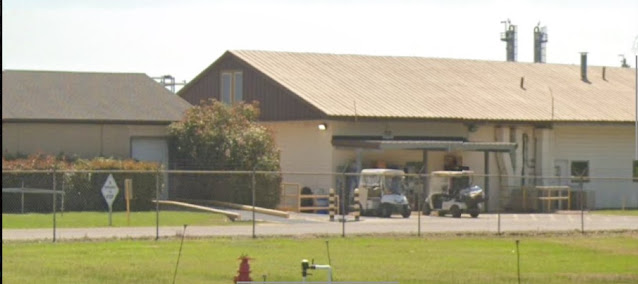Cracks in the Classroom: Our Geoforensic Investigation of a Failing South Texas School
Building Failure
My Geotechnical Firm performed a Geoforensic investigation of a School
in South Texas.
They also found that the fill under the slab
was highly expansive with a PI (Plastic Index) of 32-40.
In their review of the expansive soil, they
determined that the PVR (Potential Vertical Rise) is 3.6”. Therefore, the original
design of a 13’ depth was not sufficient to resist the uplift loads due to the
expansive soils. The minimum depth should have been a minimum of 25’.
They also found negative drainage on the east
and west sides of the building. The roof drain was depositing rainwater directly onto the sidewalk near the foundation.
1) Inadequate
design of the piers, due to the uplift capacity, the piers should have been
constructed to a 25’ depth.
2) Improper
construction of existing piers, they were constructed at 10’6” depth instead of the designed 13’.
3) Poor
foundation maintenance with negative drainage.
4) Roof
drains depositing directly on top of the sidewalk.
To
significantly reduce the risk of costly failures on your next building project,
ensure that your Construction Manager or General Contractor has a QC (Quality Control) program and that they adhere to
it, as we do here at Shettig Construction Management.
I wish you success on your project.
mshettig@gmail.com

















Comments
Post a Comment